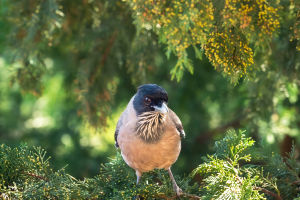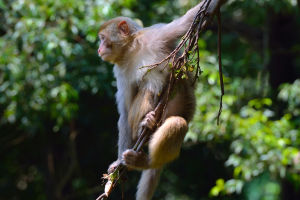Hey Lykkers, have you ever wondered about the fascinating world of badgers? These elusive animals have a fascinating lifestyle that many of us know very little about.
Whether in the wild or in suburban areas, badgers have managed to capture our curiosity. In this article, we’ll explore the badger’s life, habits, behavior, and everything else that makes this creature so unique. Let’s dive into the world of badgers!
Where Can We Find Badgers?
Badgers, specifically the European badger (Meles meles), are predominantly found across Europe. These animals used to roam the forests and grasslands of the Northern Hemisphere, extending as far as Asia. However, due to new scientific research, badgers in Asia have been classified as separate species, such as the Caucasian badger and the Japanese badger. Today, the European badger’s natural range has narrowed, and it is mainly found across Europe.
Physical Features: How Do Badgers Look?
Badgers are medium-sized animals with distinct features. On average, they measure about 50 centimeters long, with a tail length of about 10 centimeters. Their weight averages around 10 kilograms. They have a long head and short ears, while their front claws are particularly well-suited for digging. Their fur is typically gray, though it can sometimes appear yellowish. The badger’s most recognizable feature is the black-and-white striped pattern on its head, which adds to its unique and unmistakable appearance.
Behavior: What Do Badgers Do?
Badgers are nocturnal creatures, meaning they are primarily active during the night and prefer to rest in their burrows during the day. They are social animals, often living in groups, led by a dominant pair. These creatures love to dig and make their homes in soil mounds or under large trees, where they can create deep and complex tunnels known as "sets." Living in cold climates, badgers hibernate during the winter, and their weight tends to increase in the fall as they prepare for the colder months.
Diet: What Do Badgers Eat?
Badgers are omnivorous, which means they eat both plants and animals. Their primary food source is earthworms, but they also enjoy eating insects, small mammals, reptiles, frogs, birds, eggs, berries, nuts, and fruits. They tend to prefer areas where they can easily find earthworms, such as grassy fields and woodlands. Badgers are also known to search for food in urban areas, rummaging through garbage heaps.
Reproduction: How Do Badgers Reproduce?
Badgers breed once a year, and the gestation period lasts between 7 and 8 weeks. A female badger typically gives birth to a litter of 1 to 5 cubs. The cubs are born in the spring, and they stay with their mother until they are old enough to venture out on their own. Badgers take great care in raising their young, and the cubs learn essential survival skills before becoming independent.
Life Expectancy: How Long Do Badgers Live?
In the wild, badgers live for an average of 3 years, although some can live as long as 15 years. Under human care, badgers have been known to live even longer, with some reaching up to 19 years. Badgers have a variety of predators in the wild, but their sharp teeth and digging abilities help them defend themselves. Their powerful jaws are capable of biting through metal, which is a testament to how resilient these creatures are.
The Mystery of Badgers
Badgers are intriguing creatures with a lifestyle that remains a mystery to many of us. From their nocturnal habits to their impressive ability to dig, these animals continue to fascinate wildlife enthusiasts and casual observers alike. Understanding the life of badgers is a way of appreciating the quiet, often unnoticed creatures that live all around us.
If you’ve learned something new today, let us know your thoughts in the comments below, Lykkers! We’d love to hear about your experiences with these fascinating animals.


